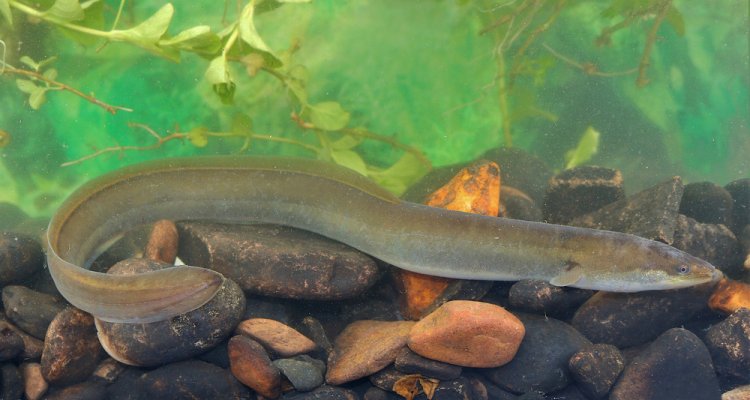
Project
Sex and Age in eel using DNA methylation
The main eel-WOT task is to provide the EU with an estimation of Silver eels reaching the Sea. EU-DG MARE uses this estimation for validating ‘how well’ each national Eel management plan (‘aalbeheerplan’) is performing in reducing eel mortality. To estimate silver eel escapement a sex specific age based model is used which translates the yellow eel abundance into numbers of migrating silver eel.
However, the keys translating monitoring and landings data to number by sex and age are causing an uncertainty in the assessment due to the challenges in determining the sex in small individuals and difficulties in otolith aging in older individuals. Accurate age and sex determination is also needed for feeding more advanced stock assessment models (i.e. cat1/2) to improve the ICES assessment (which is now based on a recruitment analyses only). WGEEL is now working towards a benchmark, in which sex determination, eel aging and variable growth within regions are important aspects. ‘DNA-based screens’, such as proposed below are quickly developing and have many possibilities. They can be used to determine age and sex, genetic diversity and possibly differences between restocked and naturally recruited glass eels can be detected.
Developed expertise will be useful for developing similar methods for other species and the use of DNA-methylation techniques is seen as ‘the future’ in biomarker monitoring. Building the expertise within WMR will be of strategic importance. Furthermore, the project connects a lot of disciplines/expertise (WMR, UR, NLAS, CGN, WLR and SLU).
De belangrijkste WOT taak voor aal is om de EU te voorzien van een schatting van de hoeveelheid schieraal die de zee bereikt, waarvoor sexe en leeftijd specifieke modellen worden gebruikt. Bij aal is het echter lastig om het geslacht (bij kleine individuen) en de leeftijd te bepalen. Hier stellen we voor om DNA-methylatie technieken te ontwikkelen om de eerste stappen te zetten in het gebruik van deze techniek om leeftijd en geslacht van aal te bepalen. De methoden worden gezien als ‘de toekomst’ in het monitoren van biomarkers en de ontwikkelde expertise zal nuttig zijn voor het ontwikkelen van vergelijkbare methoden voor andere soorten.